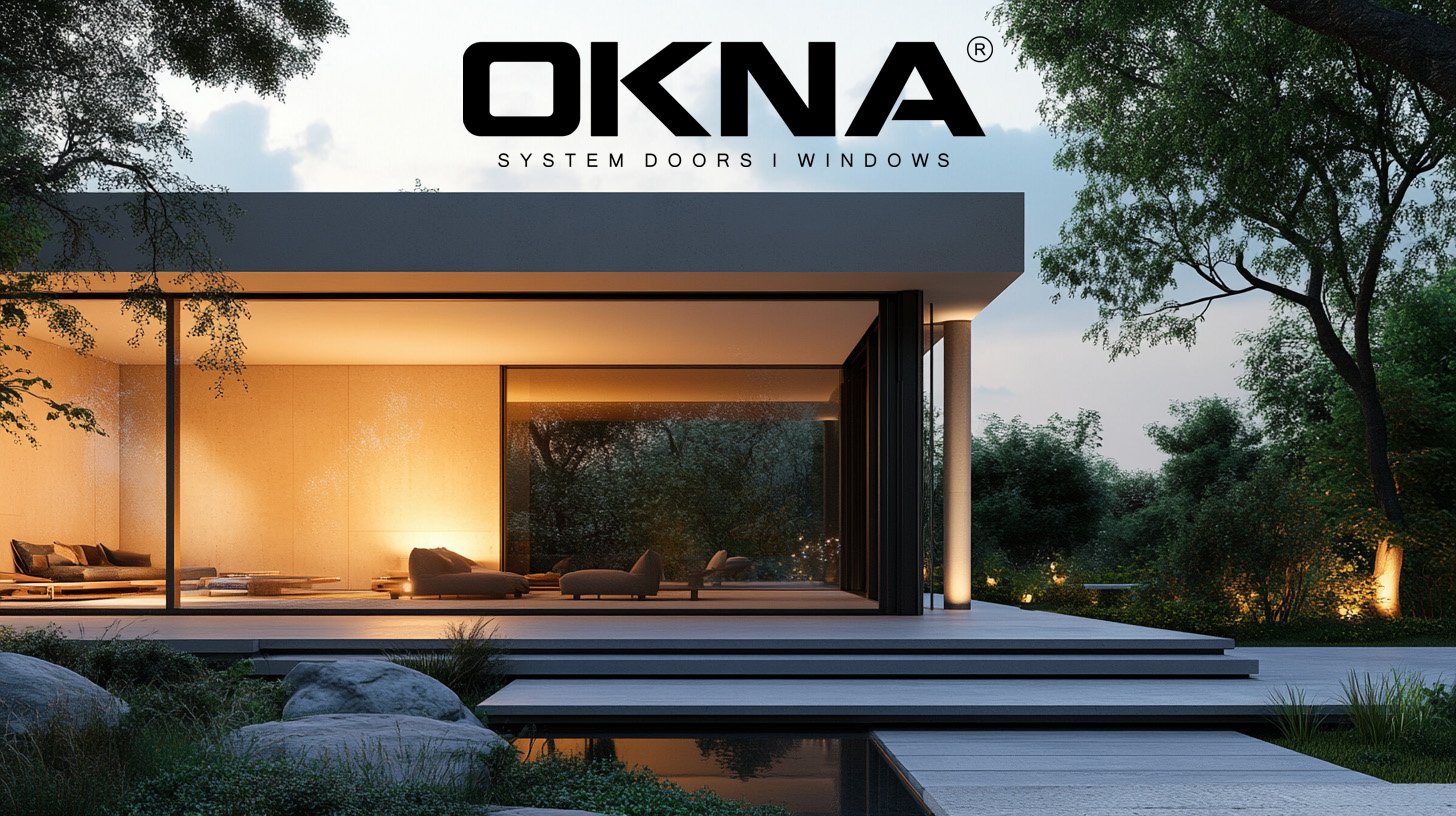If you’re planning to install or upgrade your uPVC or aluminium doors, there’s one crucial element that deserves your full attention—the glass. While most homeowners focus heavily on the frame material, true performance lies in the glass in window and door systems. From energy efficiency and noise insulation to safety and privacy, your glass choice can make or break your home’s comfort and security.
This article explores the real-world impact of glass in aluminium and uPVC door systems, breaks down different types of architectural glass, and highlights how Okna’s glass solutions are engineered to outperform.
Why Glass Matters More Than You Think
Let’s break a myth: glass is not just a transparent material you look through—it’s the primary performance layer of your door or window system. In modern homes, glass covers up to 70–80% of a door’s surface area. That means your insulation, soundproofing, and even security depend significantly on the glass in your window or door.
Here’s What High-Performance Glass Does:
- Keeps your home cool in summer and warm in winter
- Reduces outside noise for better indoor peace
- Enhances safety and discourages forced entries
- Blocks harmful UV rays
- Provides privacy without sacrificing daylight
Types of Glass Used in uPVC and Aluminium Doors
To get the best results from your door systems, you need to select the right type of glass. Here are the most commonly used types in glass windows and doors:
1. Float Glass
Basic, clear, and low-cost—but offers minimal insulation or protection.
2. Toughened (Tempered) Glass
Up to 5x stronger than float glass. Shatters into small, harmless pieces. Ideal for Okna glass sliding doors or patio doors where safety is a concern.
3. Laminated Glass
Two sheets bonded with a plastic layer. Even when cracked, the glass stays in place. Great for security, sound insulation, and structural safety.
4. Double Glazed Glass (IGU)
Two panes separated by air or gas. Ideal for thermal insulation and noise reduction. A must-have in urban or extreme-climate regions.
5. Tinted Glass
Minimizes glare and heat while offering daytime privacy. Recommended for street-facing or west-facing doors.
6. Frosted or Obscure Glass
Translucent finish for private spaces like bathrooms or entry doors.
7. Low-E Glass (Low Emissivity)
Microscopically coated to reflect infrared heat while allowing visible light. Excellent for reducing energy bills and indoor overheating.
Why Choose Okna Glass Windows for Your Doors?
After working with several premium fenestration brands, many industry experts have observed that Okna glass consistently meets the demands of modern Indian homes. It’s not just glass—it’s a high-performance component.
Key Advantages of Okna Glass:
- Engineered for strength, clarity, and thermal performance
- Available in laminated, tempered, tinted, and Low-E variants
- Custom-sized for sliding, casement, and French doors
- Built to meet BIS and international glazing standards
- Seamlessly integrated into Okna uPVC and aluminium frames for leak-proof sealing
Whether it’s a contemporary apartment or a luxury villa, Okna glass windows elevate both form and function.
Door Type vs. Glass Type: What to Use Where
Let’s match the right glass with the right door configuration:
| Door Type | Recommended Glass Type |
|---|---|
| Sliding Doors | Toughened or double-glazed for safety & insulation |
| French/Casement | Laminated or Low-E for privacy & energy savings |
| Main Entry Doors | Laminated + tinted glass for security & UV control |
| Balcony Doors | Tinted glass to reduce solar glare & fading |
Choosing the right combination increases both ROI and comfort.
Conclusion: Glass Is the Real Performance Driver
In any glass window or door system, the frame holds the form, but it’s the glass that drives performance. It determines how secure, silent, and efficient your home really is. And when you choose Okna glass, you’re investing in premium technology that enhances every aspect of living—comfort, safety, style, and sustainability.
So the next time you think of uPVC or aluminium doors, don’t just think about the frame. Think about the glass. Think about Okna glass—where clarity meets capability.


















